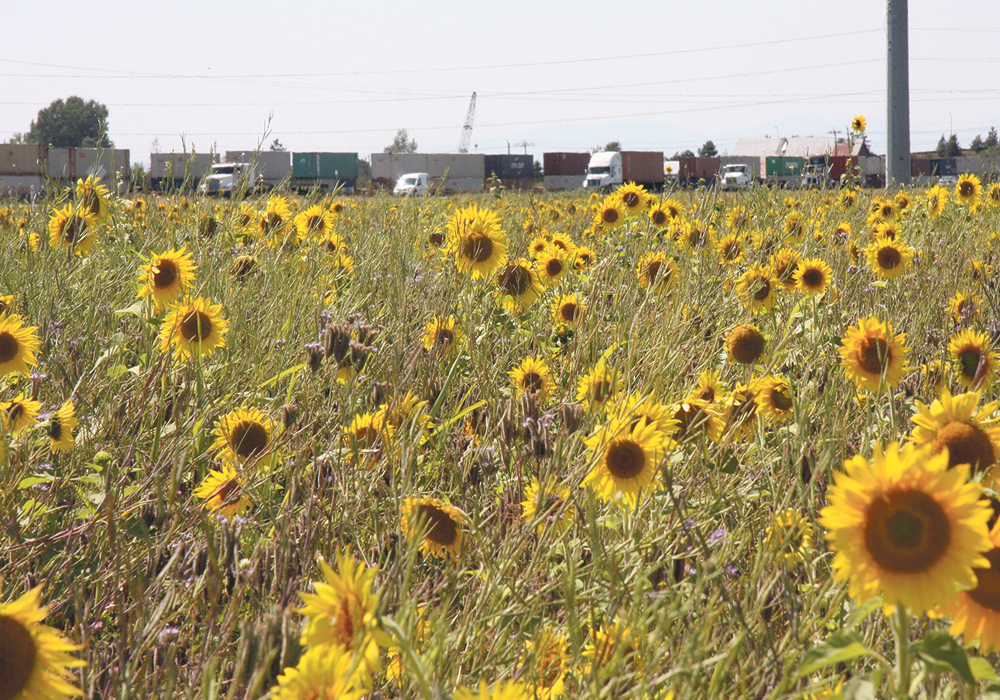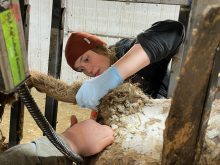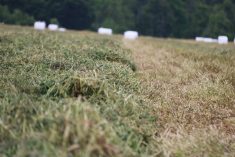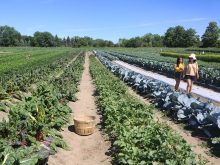DELTA, B.C. — When commuters drive the Deltaport Way Highway on their way to the Port of Vancouver, they may glance out their windows to see fields of sunflowers nodding back at them.
These strips of land are actually part of a conservation set-aside supported by the Delta Farmland Wildlife Trust.
The 25-year-old program in the Delta region of British Columbia brings farmers and conservationists together to preserve land and provide wildlife habitat in a 3,500-acre region.
“Everyone wants farmers to do all this with their land but it is tough when no one is willing to help with the cost,” said Drew Bondar, program manager of the trust.
Read Also
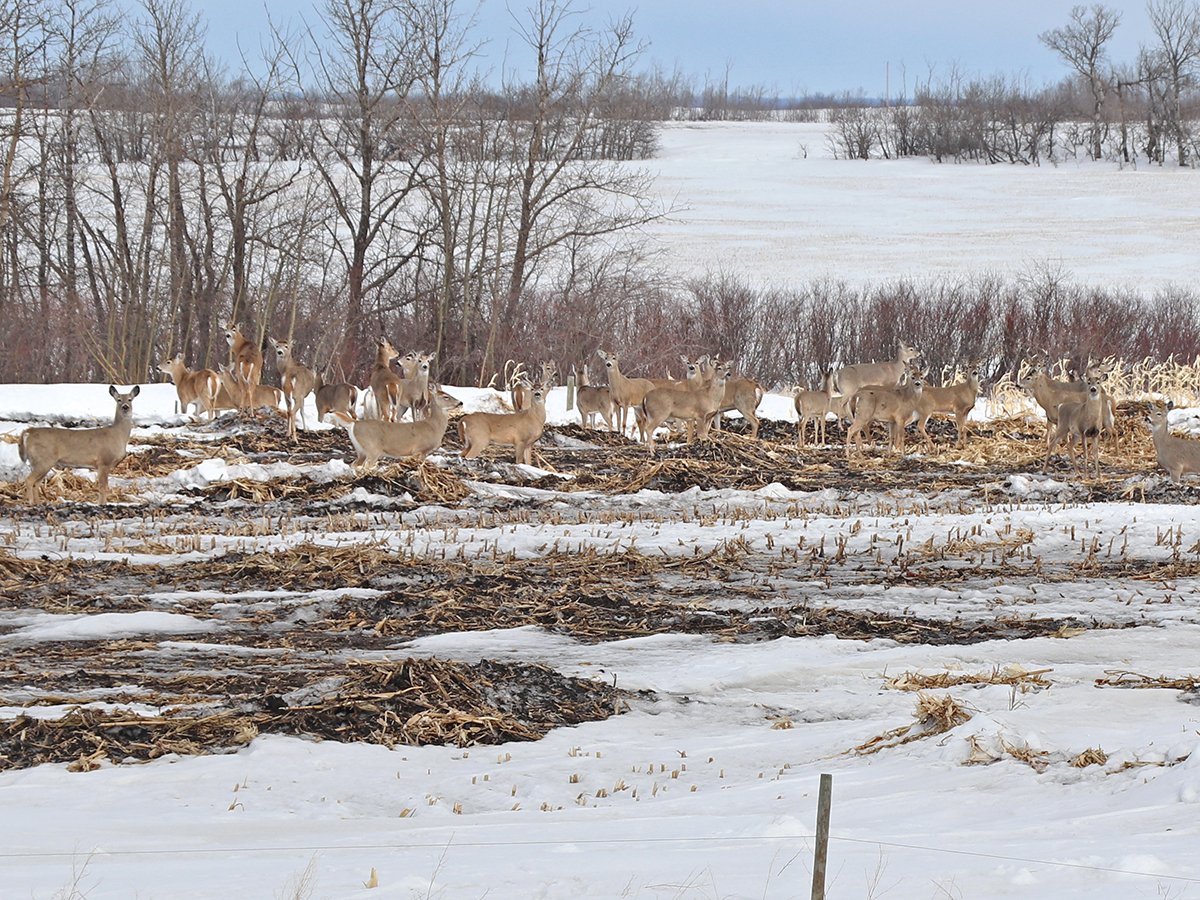
Foot-and-mouth disease planning must account for wildlife
Our country’s classification as FMD-free by the World Organization for Animal Health has significant and important implications for accessing foreign markets.
Road side signs let the public know the purpose of these fields so they do not think the land has not gone to waste.
High land prices and development pressures are a constant threat to area farmers where fields of corn, potatoes and long rows of blueberries dominate.
Six different stewardship programs offer financial compensation to landowners.
“We try to promote the preservation of farmland and the economic viability of the industry here so it can remain as farmland. It feeds all of us and provides critical habitat for the birds that pass through,” he said.
The Fraser Estuary is a major migratory route where more than five million birds pass every winter. They stop to eat on agriculture lands and can often demolish fields. It is hoped land set asides may divert them.
When farmers enter agreements with the trust they decide what to plant.
Many sow barley or oats, but some have added mixtures and research is underway with the University of British Columbia to see what happens with mixtures and soil health.
The long strips of land by the Deltaport Way highway consist of sunflowers, oats and clover. It may be left fallow for four to six years to rest and build soil, or improve fertility and reduce compaction. The mix also supports natural pollinators and is home to small rodents, a major source of food for hawks and eagles. The farmer receives $400 per acre.
Two farmers have introduced grazing on some plots while some cut the crops later for forage.
These projects cost money because a farmer could plant a cash crop like potatoes and earn more per acre.
“It is a very expensive thing to do, but very beneficial for the soil as well as for supporting habitat,” he said.
Another project involves the voluntary planting of hedgerows consisting of adding native species, trees and shrubs along with a grass margin.
The trust has submitted a grant proposal to government to look at the benefits of set asides and hedgerows to promote habitat for pollinators and other insects.
Research is also needed to measure the effect of set asides beside a blueberry field for example. Blueberries have a pollination deficit and honeybees cannot cover the entire orchard so more natural beneficial insects are needed. The insects can live in the set asides and hedgerows.
“Hedgerows are quite contentious, depending which farmer you speak to. They can be very frustrating to work around with equipment,” Bondar said.
Some may provide too much shade on crops or block roads so traffic is invisible.
“It is tough to get farmers to plant hedgerows with how expensive land is here and the hassles of management,” he said.
The farmer is consulted about what goes into a hedgerow and a landscape contractor is hired to plant the selection of shrubs and trees.
So far, 25 hedgerows have been planted resulting in 9.5 kilometres with a diverse mix of native trees and shrubs.
Farmers are also encouraged to consider the grass margin program and the hedgerow and get paid $300 per acre.
A survey of the hedgerows reported 75 different songbirds have moved in and researchers are assessing the variety of birds and what other benefits are provided.
A board of directors of farmers and conservationists run the trust as a registered charity. Money comes from various sources including the Delta Agriculture Society, Habitat Stewardship Program, Environment Canada, City of Richmond, Delta and $2.5 million was secured when land was lost to build a new runway for the Vancouver Airport.


